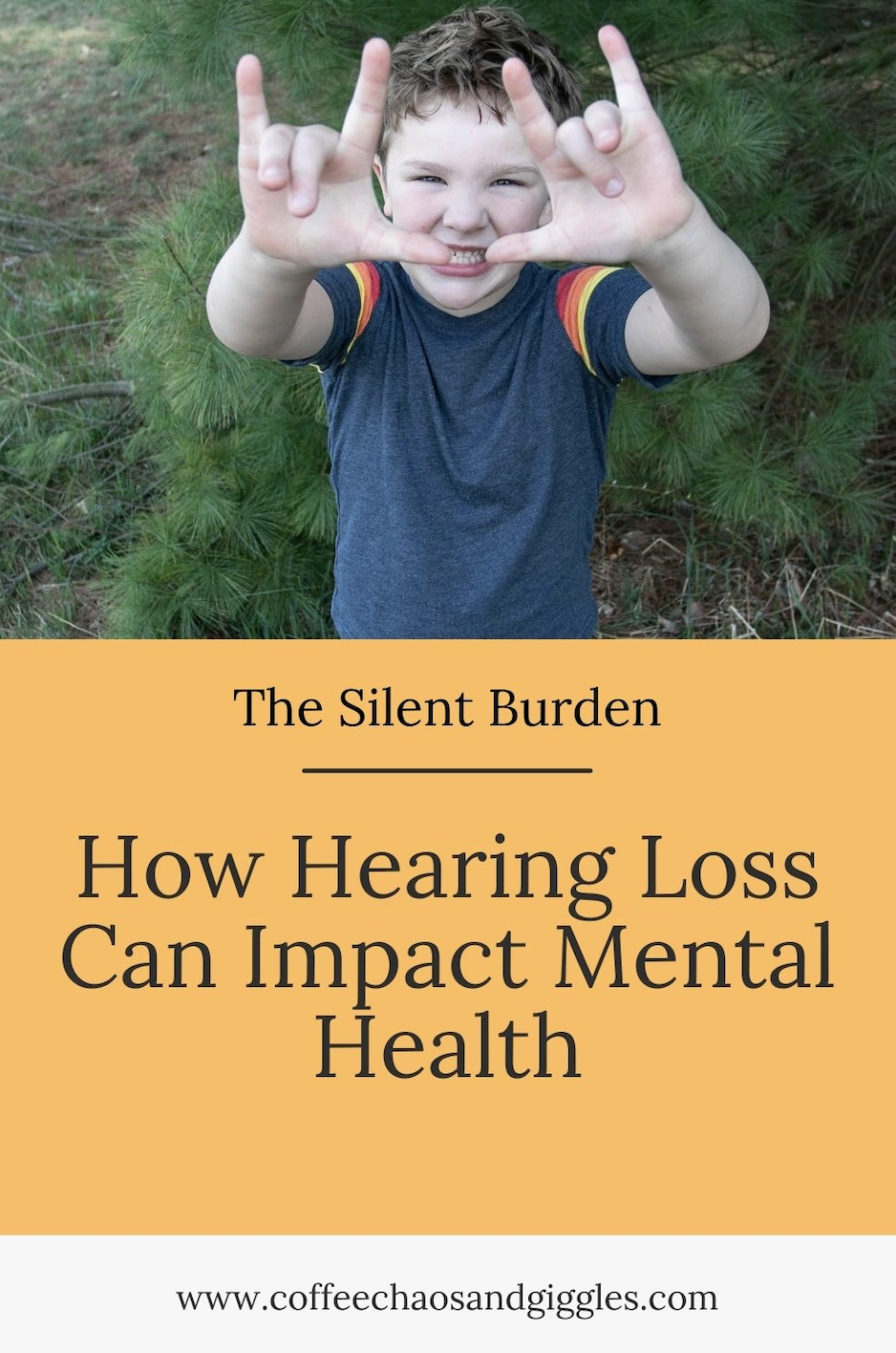10 Things I’ve learned while Training for my FIRST 1/2 Marathon
I have only been competitively running for a year, so I won’t sit here and act like I know everything there is to know about running, because I don’t. I do, however, have a ton of running friends who have filled my head with running knowledge. I ran 5ks here and there, but didn’t get serious about distance and time until a month after I had my son in April of 2014. As I train for my first half marathon, which is coming up on May 3rd, I’ve learned a lot about myself and running. Here are some tips I have learned through my training thus far in my 6 weeks of training.
1) Find a Plan: I did a lot of research and asked my running friends how to plan out a half marathon training schedule. I’m used to running 3-4 miles normally, but anything over that I was just not prepared for. I finally created a running schedule that would help me train in the 8 weeks leading up to the half marathon. For those who don’t run at all and are very new to running, there are several plans geared for you. One example is called ‘Couch to Half Marathon’ which recommends 14 weeks for training. I recommend finding a plan that allows you enough time to train comfortably.
Here is the link for 14 weeks:http://womensrunning.competitor.com/2013/09/training-tips/couch-to-half-marathon-training-plan_15065
Here is my training schedule which includes 1 day off and 2 days of croos-training.
2) Give yourself adequate time to Train: Don’t rush into your training. I suggest 8-10 weeks of training because I feel like anything less can result in injury. If you start running immediately aiming at higher mileage it can lead to injury and people tend to drop off from training because it’s too hard. Gradual is key. Start small and work your way up, but not too quickly. If you train too hard, you might learn to despise running instead of enjoying it.
3) Find the right shoes: This is important because finding the right shoe can help minimize injury and strain on your body. My recommendation would be to go to Gazelle’s, which is located in downtown Kalamazoo, and be fitted for shoes. They will actually watch you run and help determine the right shoe for your foot based on shape, functionality you’re looking for as well as ensuring the shoes will be comfortable on your feet. I’m obsessed with the Nike Frees that I have currently, but unfortunately they will need to be retired after my next race.
4) Find a Running Partner: When I first started training for the 1/2 marathon, I was training by myself. As my mileage went up, I decided to pair up with some friends (particularly Jen Davis & Christy Seitz) who have ran marathons and 1/2 marathons before. I did this because they have been great at motivating and pushing me to run faster and farther. They have also given me advice on how to improve. I joined a Facebook group called Sole2Soul, who hosts challenges of 50-100 Miles a month all for a purpose. This month we’re running for autism awareness. This is a great group to join each month because we are all motivating each other and running for great causes. We participate in events together, we have fun, and we run united to make positive changes. What’s not to LOVE about that? This is from their website: “Sole2Soul was founded on the premise of moving miles happily for a purpose. S2S is here to motivate you to stay healthy by moving miles for a charity each month and having fun on your journey! Meet new people, get support and most of all help a Soul with your Sole!”
Lesa Newby is the founder of Sole2Soul. Check out her website here: http://www.runs2s.com/.
I encourage you to get involved with this program!!
5) Pace yourself: Don’t get down on yourself if you’re longer runs are slower-that’s ok! If you overdo it and push yourself before you’re ready, you’re risking sustaining an injury. Keep in mind that when you’re actually racing, you tend to run faster because everyone around you is running. Every time I run a race, I always run faster. I used to be surprised but now I realize it’s the competitive nature in me that pushes me harder in races.
6) Allow recovery time: The higher the distances and quicker the times, the more your body will feel it. It’s important to allow your body to recover by taking a day off from time to time and taking ice baths if necessary. I’m not a fan of ice baths (because I hate the cold), but I’ve heard lying in a tub filled half way with cold water and then letting hot water pour down on you helps alleviate muscle cramps and pain. Allow your body to heal. Don’t overdo it.
7) Stay Hydrated: Some people don’t like to carry water bottles with them while they run, and that’s fine, but it’s important to stay hydrated especially during long runs. During races, there are usually water stations every few miles, so slowing down to grab a quick drink is important. It’s also very important to drink 6-8 eight oounce glasses of water a day! This is a daily struggle for me, because I don’t really like water. I must have flavoring in my water just to ensure that I’m drinking enough. I know, go ahead and judge me. 🙂
I plan on running with a water bottle something like this: http://www.amazon.com/Nike-Water-Bottle-Vapor-Crimson/dp/B00IG71J6S/ref=sr_1_21?s=sporting-goods&ie=UTF8&qid=1429036819&sr=1-21&keywords=hand+water+bottle+for+running
8) Change your Diet: It’s important to ensure that you are eating enough food. I’m burning on average 1,500-2,300 calories daily, so ensuring that I’m making up some of those calories in food is important to ensure I’m supplying my body with adequate vitamins and nutrition in order to maintain my health. I went through a time period in which I kept gaining weight even though I was burning all of these calories, and I couldn’t figure out why I wasn’t losing weight. I figured out that because I wasn’t eating enough calories, my body was storing all of the food I was eating which was being completely counter productive. The healthier you eat, the stronger and leaner you will become, and I think you’ll be shocked how much better you feel before, during and after your runs.
 This is one of my favorite go-to dinner or lunch recipes: roasted red pepper and basil quinoa, chicken, cucumber, tomato, fresh green onion, parsley and cilantro. Topped with Feta cheese! Amazing!!!!
This is one of my favorite go-to dinner or lunch recipes: roasted red pepper and basil quinoa, chicken, cucumber, tomato, fresh green onion, parsley and cilantro. Topped with Feta cheese! Amazing!!!!
9) Cross-Train: When you’re training for a long-distance run, make sure that you’re cross-training as well. Don’t run every single day. Add in weights and other light cardio workouts to mix things up. Building up other muscle groups can also help minimize the chances of sustaining an injury during a long run. Don’t think that you only have to run. You will wear yourself out if all you do is run. Mix it up!
10) Have Fun: Don’t forget to have fun. Since I started competitively running, I have made some great friends and some amazing memories. Participate in as many races and runs that you can. Get in on the fun ones like the Color Run or Mud Run. Don’t run just to run all of the time. Run to have fun!






